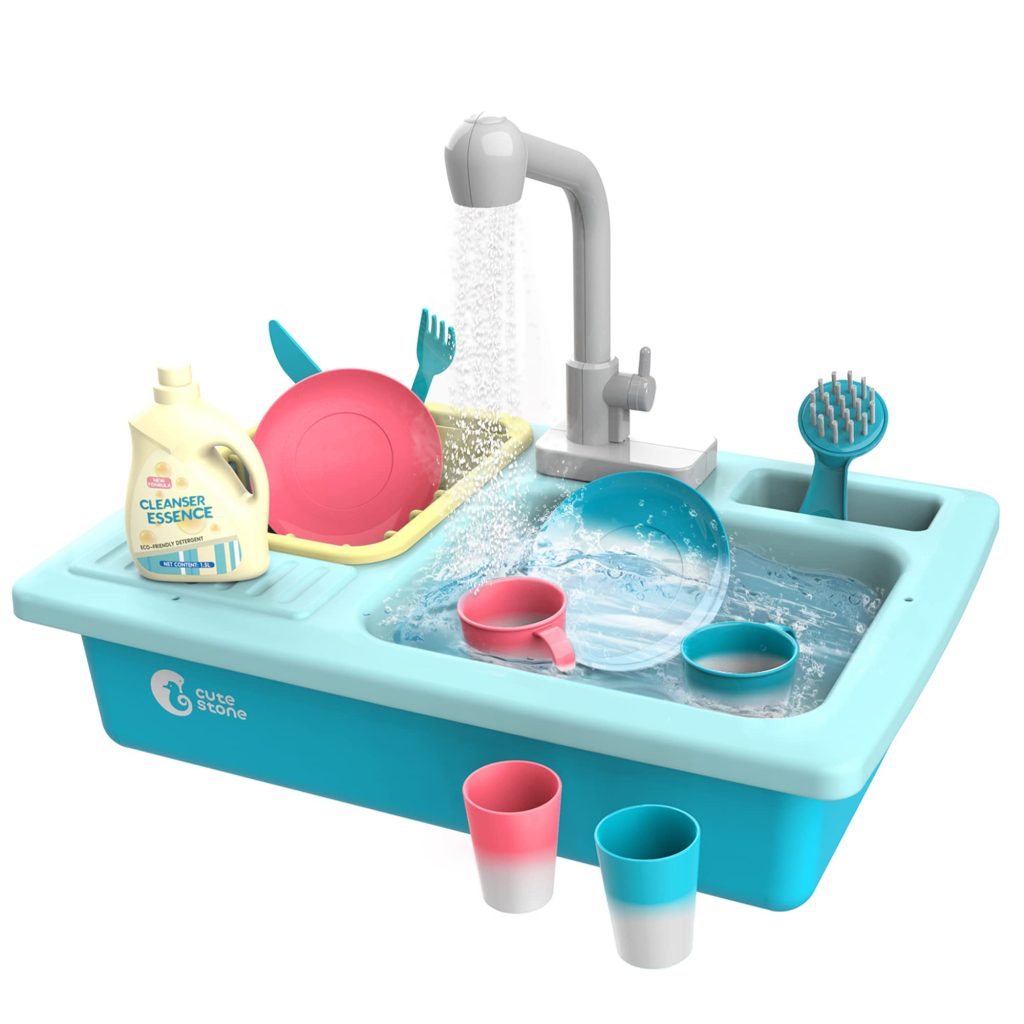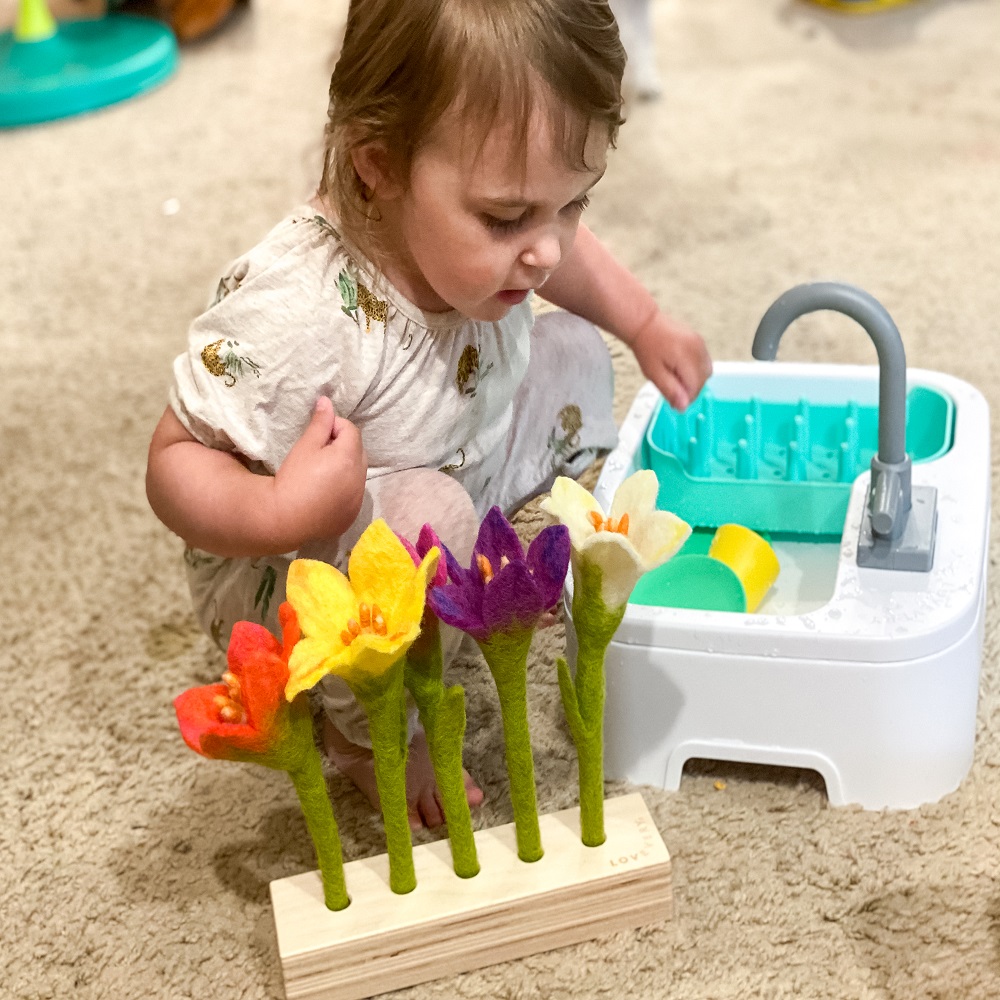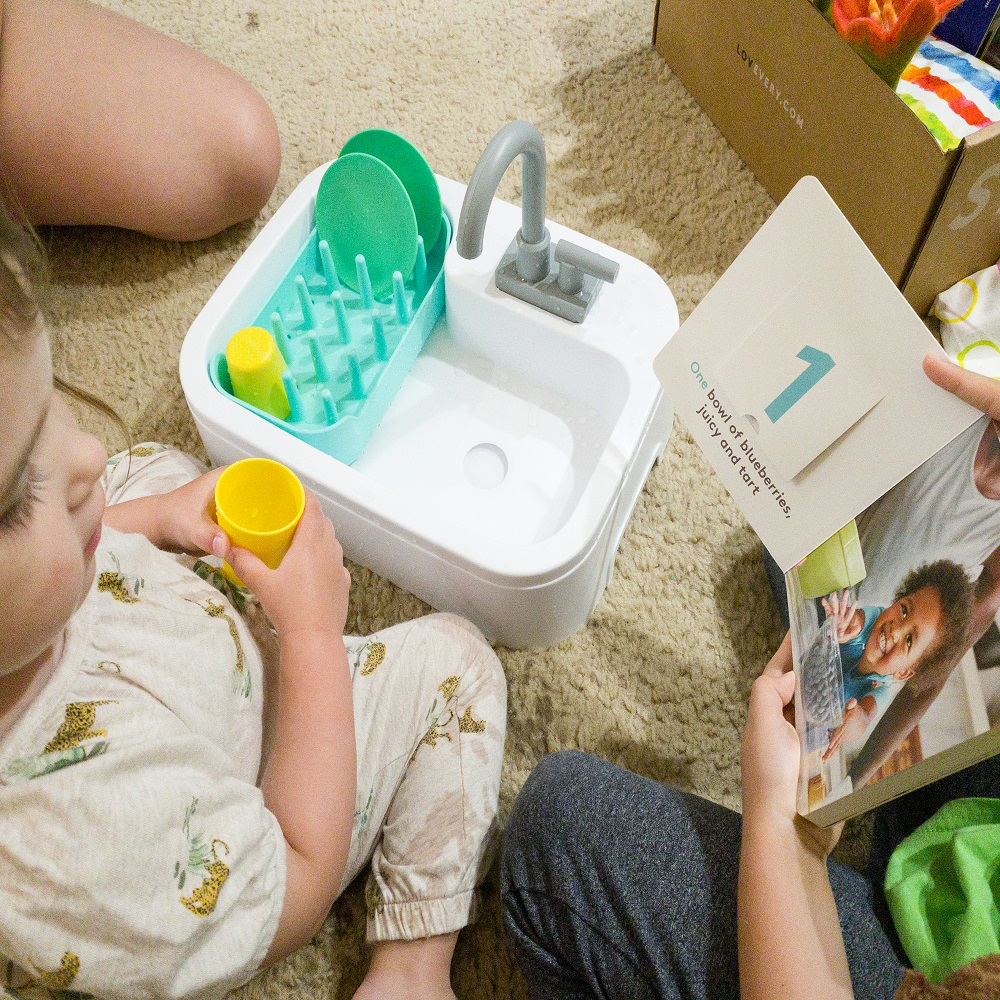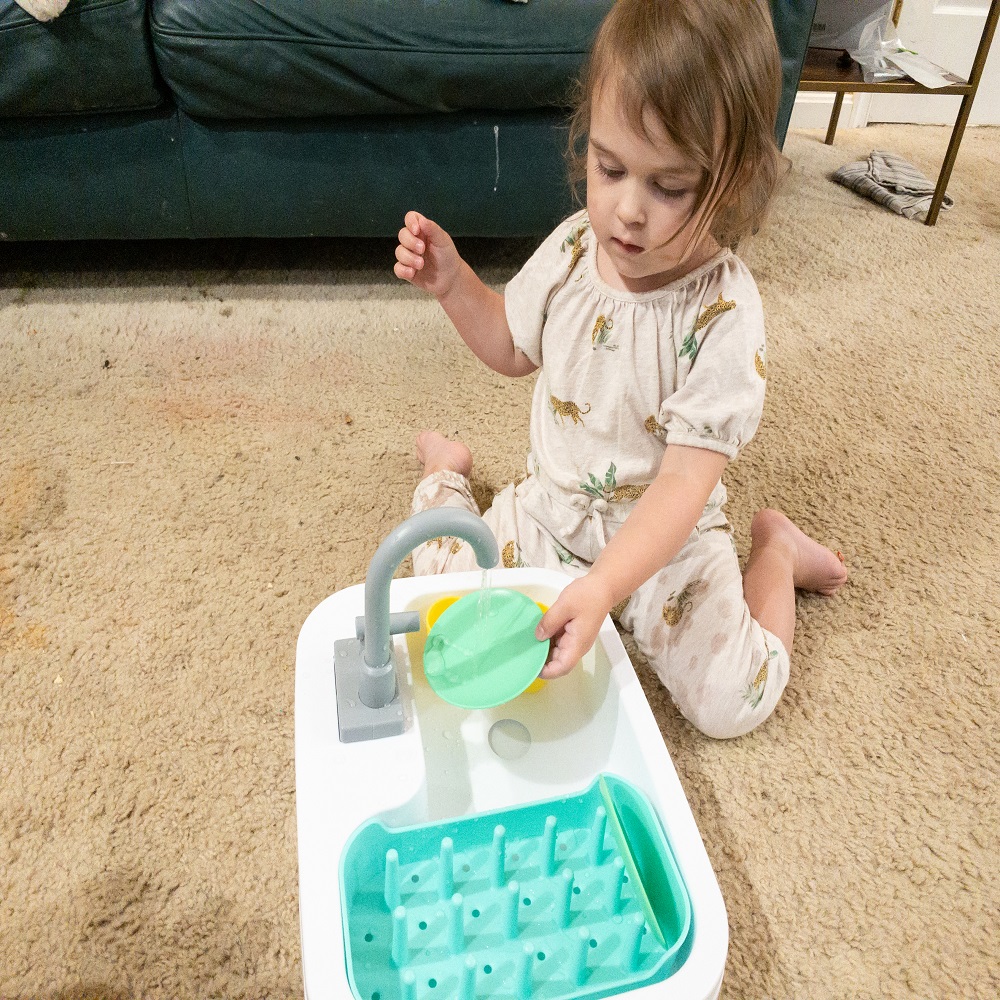Introduction: The Lovevery Sink Dilemma
Lovevery sink not working – En 2024 the Lovevery sink, a popular choice among modern homeowners for its sleek design and water-saving features, occasionally encounters issues where water flow becomes restricted or ceases altogether. Such problems can disrupt daily routines and prove frustrating, especially when the cause seems elusive. This comprehensive troubleshooting guide aims to assist homeowners in diagnosing and resolving common water flow issues in their Lovevery sinks, ensuring a swift return to normalcy in their kitchen or bathroom.
Understanding the Basics: Plumbing Fundamentals
Before delving into specific troubleshooting steps, it’s essential to grasp the basic plumbing layout of a Lovevery sink. Most models feature a dual-control faucet, combining hot and cold water supplies through separate valves before the water exits through a unified spout. Below the sink, P-traps and shut-off valves regulate water flow and prevent backflow. Issues with water flow could stem from any point in this system, from clogged aerators to faulty supply lines.

Diagnostic Step 1: Assessing the Visible Components
Begin by visually inspecting the sink and its visible components. Start with the faucet—check for any obvious signs of damage, such as cracks or leaks around the base. Next, remove the aerator (the mesh screen at the faucet tip) using a wrench or by hand, if possible. Clogs often accumulate here due to mineral buildup or debris. Rinse the aerator under running water and check for any dislodged particles. Reattach it and test the water flow; if the problem persists, move on to the next step.
Diagnostic Step 2: Shut-Off Valve Assessment
Shut-off valves, located beneath the sink and connected to both hot and cold water supply lines, are occasionally closed accidentally or can develop issues over time. Check that both valves are fully open by turning them counterclockwise. A partially closed valve can severely restrict water flow. While you’re there, inspect the supply lines for signs of damage or wear, such as bulges, cracks, or leaks. If necessary, replace the lines to eliminate potential sources of obstruction.

Diagnostic Step 3: Tracing the Drain System
A clogged drain or P-trap can create a vacuum effect, impeding water flow from the faucet. First, ensure the sink’s overflow hole, if present, is clear. Then, use a plunger or a drain snake to clear any blockages in the drain opening. For deeper clogs, unscrew the P-trap (place a bucket underneath to catch any water) and clean it out thoroughly. Reassemble and run water to see if the issue has been resolved. Remember, slow draining can sometimes give the illusion of reduced water pressure at the faucet.
Diagnostic Step 4: Hidden Plumbing Woes
If the above steps don’t resolve the issue, it may indicate a more significant problem within the home’s plumbing system. Check for leaks in less visible areas, such as behind walls or under floors, which can silently divert water away from the sink. Low water pressure throughout the house could signify a malfunctioning pressure regulator, broken pipes, or issues with the main water supply. In these cases, it’s advisable to contact a professional plumber who can perform more advanced diagnostic tests, such as pressure checks and camera inspections of the pipes.

Resolving Hard Water Issues – lovevery sink faucet replacement
Hard water, characterized by high mineral content, can lead to gradual buildup inside pipes and faucets, reducing water flow. Signs include white scale deposits around fixtures and reduced lathering of soap. Installing a whole-house water softener can alleviate these issues long-term. For immediate relief, use vinegar or a specialized descaling solution to clean the faucet and aerator, dissolving accumulated minerals.
Preventive Maintenance for Optimal Performance
To prevent future water flow issues, adopt a routine maintenance schedule. Regularly cleaning the aerator and checking for leaks or obstructions can go a long way. Inspect supply lines annually for wear and replace them as needed. Use drain cleaners or natural alternatives monthly to keep drains clear. Lastly, consider installing a water filtration system to reduce sediment and mineral buildup, prolonging the life of your Lovevery sink and improving overall water quality.

Embracing Professional Help – lovevery sink not working
While DIY troubleshooting can resolve many water flow issues, some problems require the expertise of a licensed plumber. If you’ve exhausted all the steps outlined above or encounter complex plumbing issues, don’t hesitate to call in professional help. Attempting complicated repairs yourself can lead to further damage and higher costs in the long run. A skilled plumber will not only fix the current issue but can also identify potential problems, offering preventive solutions to safeguard against future disruptions.
Enhancing Water Efficiency with Upgrades – lovevery sink replacement
In addition to regular maintenance, upgrading certain components can significantly improve your sink’s performance and water efficiency. Consider replacing older faucets with modern, low-flow models that are designed to maintain strong water pressure while conserving water. These faucets often incorporate aerators that mix air into the water stream, maintaining a satisfying feel without increasing water usage.
Updating Supply Lines and Valves – lovevery sink not working
Old or corroded supply lines and shut-off valves can be a hidden source of reduced water flow. Upgrade to new, high-quality flexible supply lines and ensure that shut-off valves operate smoothly. This not only enhances water flow but also makes it easier to turn off the water supply during future maintenance or emergencies.

Insulating Exposed Pipes – lovevery sink not working
In colder climates, exposed pipes can experience freezing, leading to cracks and restricted water flow. Insulating these pipes with foam sleeves can prevent freezing and also helps to maintain consistent water temperature, reducing energy consumption for heating water.
Smart Home Integration – lovevery sink not working
Integrating smart home technology into your plumbing system can provide real-time monitoring of water pressure, usage, and detect leaks early on. Smart leak detectors can be placed near key areas like the sink and water heater, alerting you to potential issues before they become major problems.
Conclusion: Restoring Harmony to Your Lovevery Sink
Addressing water flow issues in your Lovevery sink requires a systematic approach, beginning with simple inspections and progressing to more involved diagnostics when necessary. By following the steps outlined in this guide, homeowners can effectively troubleshoot and resolve most common problems, ensuring their sinks operate smoothly and efficiently. Remember, regular maintenance is key to preventing future issues and preserving the functionality and beauty of your Lovevery sink. With care and attention, your sink will continue to serve as a reliable and stylish centerpiece in your home for years to come.


